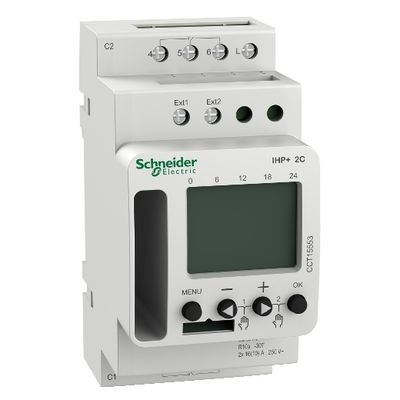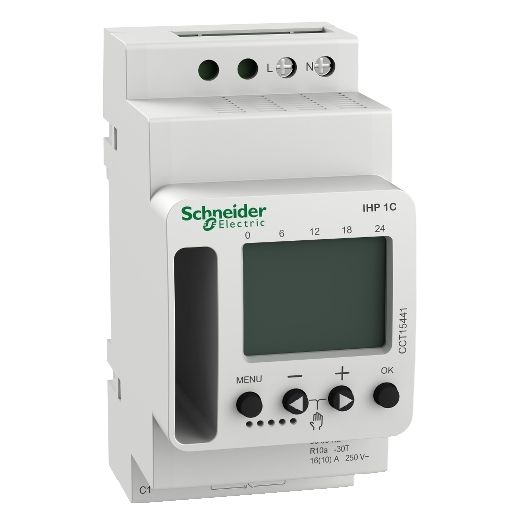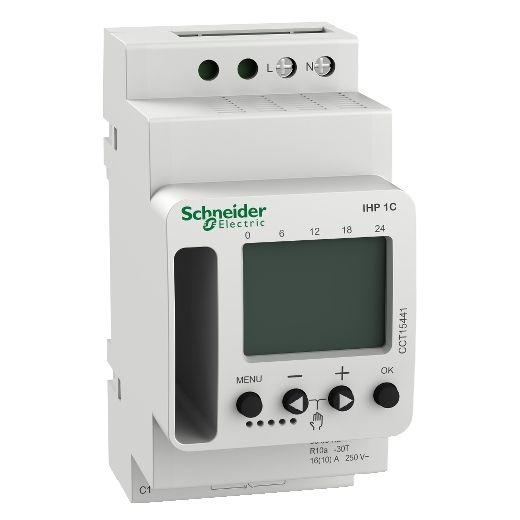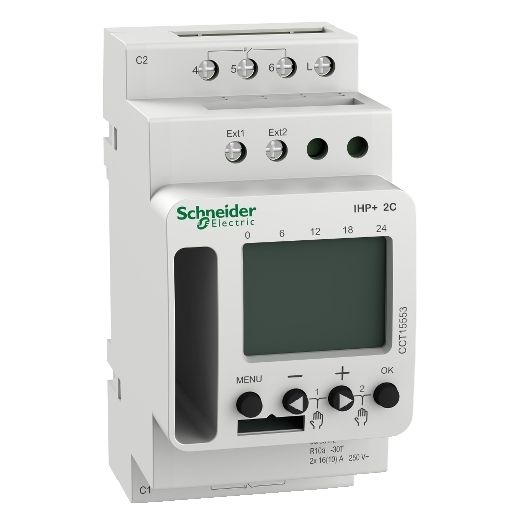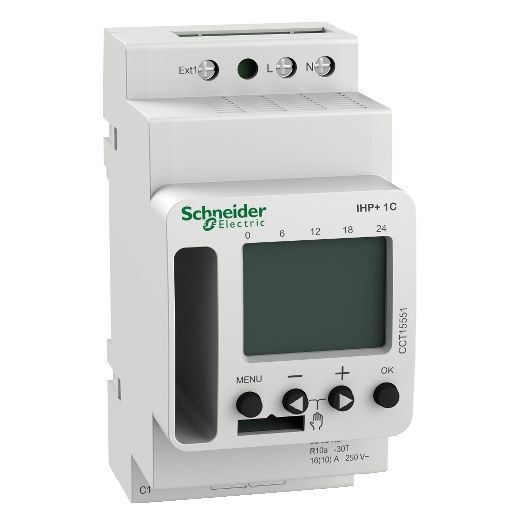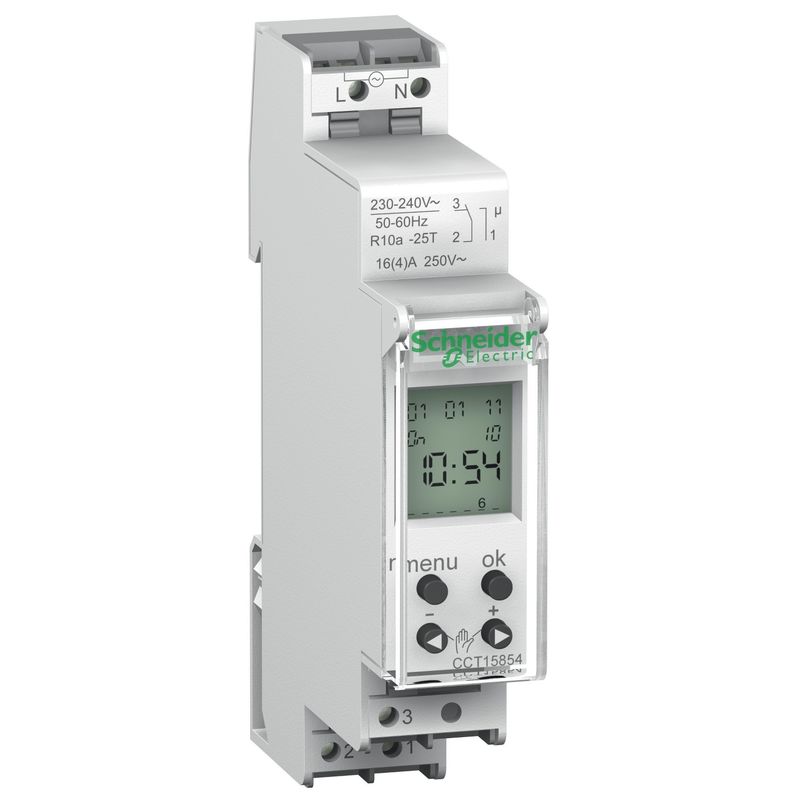Programming Digital Time Switch
A digital time switch is an electronic device used to control the operation of electrical circuits based on a pre-programmed schedule. Here's an in-depth look at its features, benefits, applications, and how it works:
Features
- Digital Display: Typically features an LCD or LED screen for easy programming and viewing of the current time and settings.
- Programmable Settings: Allows for multiple on/off cycles, daily or weekly schedules, and different settings for weekdays and weekends.
- Precision: Offers precise time control, often down to the minute.
- Backup Battery: Many models include a battery backup to retain settings during power outages.
- Advanced Functions: Some models may include features like countdown timers, random on/off settings to simulate presence, and holiday modes.
Benefits
- Flexibility: Provides the ability to set complex schedules with multiple on/off times each day.
- Accuracy: Highly precise in maintaining schedules, ensuring consistent operation of connected devices.
- Convenience: Easy to change and update settings as needed.
- Energy Efficiency: Helps reduce energy consumption by ensuring devices operate only when needed.
- Additional Features: May include remote control options, integration with smart home systems, and programmable settings for different days of the week.
Common Applications
- Lighting Control: Used to automate indoor and outdoor lighting, enhancing security and convenience.
- Heating and Cooling Systems: Controls HVAC systems, space heaters, and water heaters to operate on a schedule.
- Appliances: Automates the operation of appliances like coffee makers, fans, and air conditioners.
- Industrial Equipment: Used in factories and other industrial settings to control machinery and processes.
- Irrigation Systems: Schedules watering times for gardens and lawns.
How It Works
- Programming: The user sets the desired on/off times using the buttons and digital display. Most models allow for setting multiple on/off cycles for each day of the week.
- Internal Clock: The digital time switch has an internal clock that keeps track of the current time and compares it to the programmed schedule.
- Activation: When the internal clock matches the programmed on time, the switch closes the circuit, turning on the connected device. When it matches the off time, the switch opens the circuit, turning off the device.
- Manual Override: Many digital time switches include a manual override button that allows users to bypass the programmed schedule and turn the device on or off manually.
Example of Use
Suppose you want to automate your living room lights to turn on at 7:00 PM and off at 11:00 PM every day:
- Program the digital time switch by setting the on time to 7:00 PM and the off time to 11:00 PM for each day of the week.
- Plug the time switch into an electrical outlet.
- Connect the living room lights to the time switch.
- The switch will automatically turn the lights on at 7:00 PM and off at 11:00 PM according to the schedule.
Summary
Digital time switches provide a flexible, accurate, and convenient way to automate the operation of electrical devices. With the ability to set detailed schedules and advanced features like battery backup and remote control, digital time switches are suitable for a wide range of residential, commercial, and industrial applications. Their precision and programmability help enhance energy efficiency and convenience in managing electrical systems.


